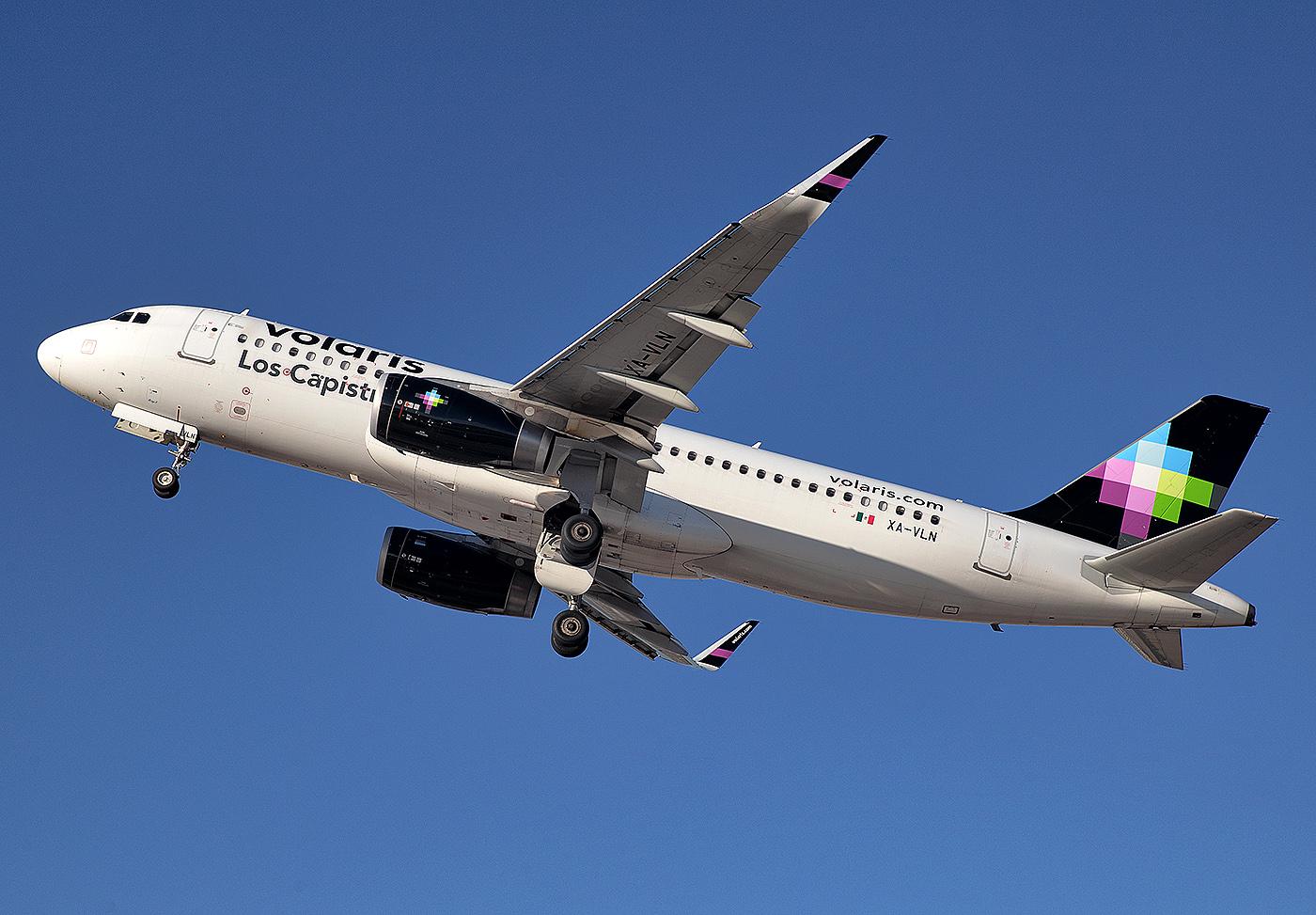
Mexican ULCC Volaris continues to navigate the FAA’s safety downgrade of Mexico as the timeline for an upgrade remains somewhat uncertain.
The U.S. FAA downgraded Mexico’s safety rating from Category 1 to Category 2 in May 2021. As a result of the downgrade, Mexican airlines cannot add routes and frequencies to the U.S. beyond what has already been approved. The decision also prevents equipment changes, such as swapping in larger aircraft. U.S. carriers are also prohibited from placing their codes on flights operated by their Mexican airline partners.
At one point, Volaris was hopeful the U.S. would restore Mexico’s safety rating by the end of 2022. But during an Oct. 25 earnings discussion, company executives said a return to Category 1 in mid-2023 now seems more likely.
As Mexico has been working to restore its safety rating, Volaris has attempted to minimize disruption triggered by the downgrade. The company’s EVP-Airline and Commercial Operations Holger Blankenstein said Volaris was able to grow its ASMs (available seat miles) during the third quarter (Q3) on routes from Mexico to the U.S. by backfilling all of its pre-pandemic capacity in the U.S. market.
“We added the equivalent of two additional aircraft to existing Mexico to U.S. routes during the [third] quarter,” Blankenstein said.
Until Mexico regains its Category 1 status, Volaris will focus on domestic growth in its core markets, and from Central America to the U.S., leveraging its air operator certificates in Costa Rica and El Salvador, Blankenstein said.
He explained the recovery from the COVID-19 pandemic in Central and South America has lagged Mexico by roughly six to 12 months. Given those dynamics, Volaris slowed its growth in Central America during 2021.
But lately, “we’re seeing very good uptick in demand and recovery in the region,” Blankenstein said. “We feel quite bullish on the return of Central American traffic.”
Presently, Volaris has three aircraft operating from Costa Rica and two from El Salvador. Blakenstein said the company was still determining the final number of aircraft that will be placed into operation in Central America during 2023, but Volaris will add at least two aircraft in the region next year.
At the end of Q3, Volaris had a fleet of 113 Airbus narrowbodies, and expects to end the year with 116 aircraft.
Volaris’ capacity grew by 22% year-on-year (YOY) during Q3, and 48% compared with the same period in 2019. For the full year, the airline expects capacity growth of 25% versus 2021.
Reflecting strong demand trends, Volaris’ revenues in Q3 grew 20% YOY to $769 million, but its profits dropped by 47% to $40 million due largely to increased fuel costs. The company’s operating expenses jumped 52% to $734 million as its fuel expenses grew by 72% to $3.96 per gallon.
The jump in fuel costs resulted in Volaris’ total unit costs increasing by 24% to 7.85 cents , but its unit cost performance excluding fuel remains solid, dropping 0.5% to 4.07 cents.
Despite the fuel cost headwinds, Blankenstein said fourth quarter booking curves remain healthy.

